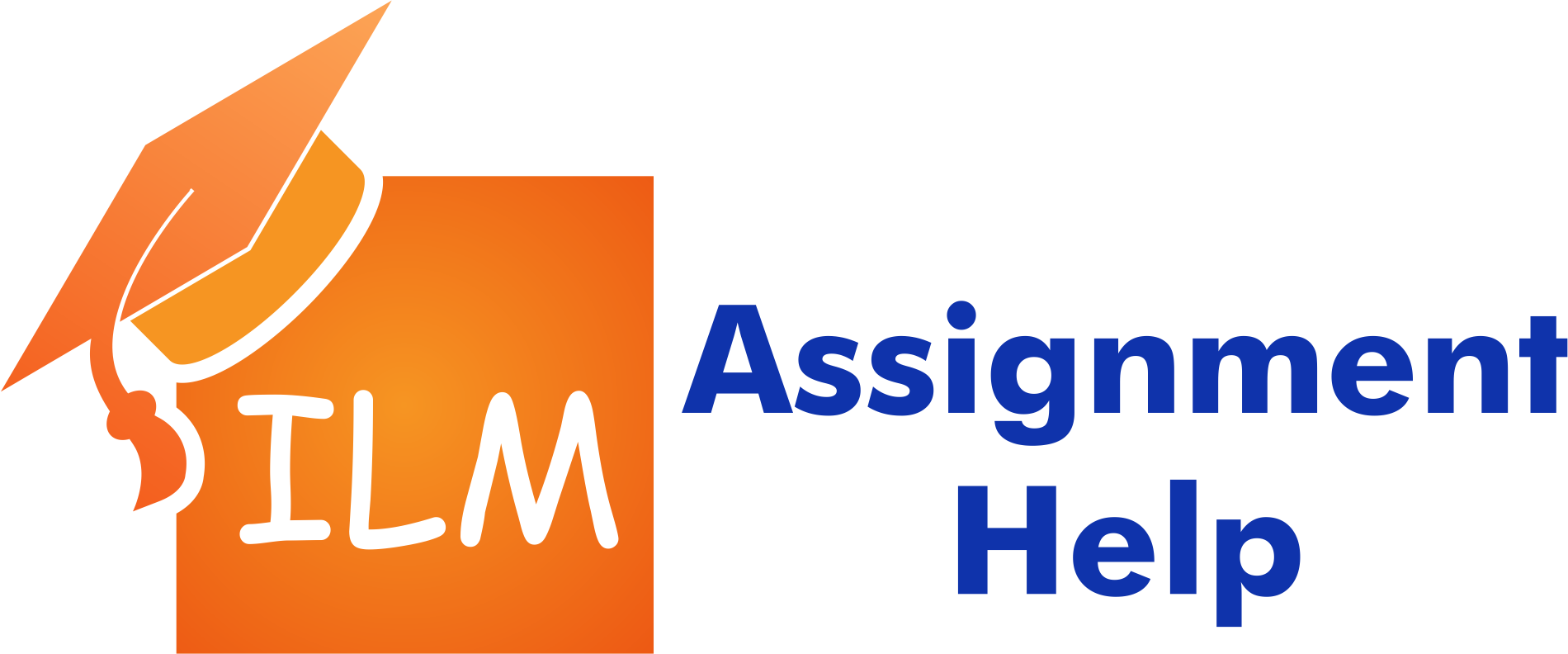Did you enjoy our articles?
Click the order button below to get a high-quality paper.
You can talk to the writer using our messaging system and keep track of how your assignment is going.
Order Now / اطلب الانThe scope of this subject includes the importance of leadership styles that monitor, manage, and report on workplace fairness and diversity. It examines how different leadership styles contribute to the development of fair practices and rules. The section emphasizes specifically how cultivating an inclusive and varied workforce may develop good cultures that accept diversity and improve organizational performance. According to the unit, even within a diverse staff, a sense of inclusion gives occupational satisfaction, reflected in improved customer satisfaction and, hence, better performance.
Students will explore how tactics encouraging diversity and inclusion in organizational environments play significant roles in overall value creation in-unit 5OS05. The unit comprises weighing the benefits and drawbacks of diversity and inclusion and their impact on consumer and employee satisfaction. First, the unit discusses laws and regulations and their inclusion criteria in terms of gender, disability, ethnicity, and wage disparities. Second, students will understand the organizational methods and policies required for inclusion and diversity and the consequences of equality. As a result, learners will comprehend managers’ roles in forming healthy cultures that embrace each person in the workforce and make them feel included.
This unit is appropriate for people who want to be or are already in management roles. Applicants must be self-motivated to understand and apply HR and L&D principles and best practices. Persons with CIPD Level 3 certificates are also excellent for the unit because their knowledge of Level 3 keywords and concepts will allow them to decipher sophisticated concepts faster than individuals with no HR or L&D background.
Objective 1
The first criterion is an understanding of the necessity of welcoming the inclusion of diverse individuals in organizational situations. A fantastic example of this understanding would be:
Objective 2
Students must be able to encourage reflection on and promotion of diversity and inclusion in organizations. To fully cross the threshold, pupils must do or develop:
Objective 3
Lastly, participants must demonstrate their ability to fix best practices that support diversity and inclusion. Students must complete the following tasks:
Level 5 classes, like all other CIPD Associate Level courses, have no specified prerequisites for enrollment. On the other hand, the foundation goes to considerable pains to guarantee that each applicant understands the material and correctly solves assignments. If English is not their first language, the CIPD requires all applicants to meet the eligibility minimums by submitting English proficiency certificates such as the IELTS. People from English-speaking countries are excluded from providing credentials, according to the CIPD. As a result, the unit is open to anybody over 18 who can afford the Level 5 course and has a strong desire to study and apply the best HR and L&D techniques applicable to management today.
Whether you are taking any CIPD or HR-related course and need assistance with certain areas of coursework or entire assignments, we are your go-to partner. We provide 24-hour assistance and professional support that combines convenience, quickness, and unrivalled quality. Our organization takes pleasure in its large network of clients, all of whom play an equal role in developing superior customer services. As a result, our firm allows its clients to direct service delivery, including all preferences and conditions required to maximize performance in particular units. Furthermore, our HR graduates and professionals team ensures that all assignments adhere to undergraduate level standards and address the learning outcomes established for each unit.
Materials
ACAS. (2018) Prevent discrimination: support equality. Guidance. London: ACAS. Available at: https://archive.acas.org.uk/media/4402/Prevent-discrimination-supportequality/pdf/Prevent_discrimination_June_ 2018.pdf.
ACAS. (n.d.) Equality, diversity and inclusion. Available at: www.acas.org.uk/discrimination-bullyingand-harassment
Bader, A.K., Kemper, L.E. and Jintae, F.J. (2019) Who promotes a value-in-diversity perspective? A fuzzy set analysis of executives’ individual and organizational characteristics. Human Resource Management. Vol 58, No 2, March/April. pp203-217.
Baska, M. (2019) Businesses ‘feel free to discriminate’ because equality law is not being enforced. People Management. 30 July. Available at: www.peoplemanagement.co.uk/news/articles/businesses-feel-free-to-discriminate
Brown, J. (2017) Inclusion: diversity, the new workplace and the will to change. 2nd ed. Hartford, CT: Publish Your Purpose Press.
Duncan, J. (2019) Think outside the box: leading diversity and inclusion in the workplace. [ – ]: The Author.
Equally Ours. (n.d.) Available at: www.equallyours.org.uk/
Faragher, J. (2017) Beyond bias. People Management. 27 April. Available at: www.peoplemanagement.co.uk/longreads/articles/beyond-bias
Frost, S. and Kalman, D. (2016) Inclusive talent management: how business can thrive in an age of diversity. London: Kogan Page.
Frost, S. and Raafi-Karim, A. (2019) Building an inclusive organization: leveraging the power of a diverse workforce. London: Kogan Page.
Gifford, J., Green, M. and Young, J. (2019) Diversity management that works: an evidence-based view. Research report. London: Chartered Institute of Personnel and Development. Available at: www.cipd.co.uk/knowledge/fundamentals/relations/diversity/managementrecommendations.
Green, M., Bond, H. and Miller, J. (2018) Diversity and inclusion at work: facing up to the business case. Report. London: Chartered Institute of Personnel and Development. Available at: www.cipd.co.uk/knowledge/fundamentals/r elations/diversity/diversity-inclusion-report.
Green, M. and Young, J. (2019) Building inclusive workplaces: assessing the evidence. Research report. London: Chartered Institute of Personnel and Development. Available at: www.cipd.co.uk/knowledge/fundamentals/relations/diversity/building-inclusiveworkplaces.
Houldsworth, L. (2016) International diversity management. Factsheet. London: Chartered Institute of Personnel and Development. Available at: www.cipd.co.uk/knowledge/fundamentals/relations/diversity/internationalmanagement.
Kirby, A. and Smith, T. (2021) Neurodiversity at work: Drive Innovation, Performance and Productivity with a Neurodiverse Workforce. London: Kogan Page. [Forthcoming, 1st ed., April 2021.]
Marchington, M., Wilkinson, A., Donnelly, R. and Kynighou, A. (2020) Human resource management at work: the definitive guide. 7th ed. London: CIPD Kogan Page.
Miller, J. and Green, M. (2019) Diversity and inclusion in the workplace. Factsheet. London: Chartered Institute of Personnel and Development. Available at: www.cipd.co.uk/knowledge/fundamentals/relations/diversity/factsheet.
Noon, M. (2018) Pointless diversity training: unconscious bias, new racism and agency. Work, Employment and Society. Vol 32, No 1, February. pp198-209.
Phillips, K.W., Dumas, T.L. and Rothbard, N.P. (2018) Diversity and authenticity. Harvard Business Review. Vol 96, No 2, March/April. pp132-136.
Sweeney, C. and Bothwick, F. (2016) Inclusive leadership: the definitive guide to developing and executing an impactful diversity and inclusion strategy. Harlow: Pearson Education.
The Black History Month. (n.d.) Available at: www.blackhistorymonth.org.uk/
Wiles, D. (2015) Square holes for square pegs: current practice in employment and autism. Report. London: Business Disability Forum. Available at: https://members.businessdisabilityforum.or g.uk/resource-category/resource/researchand-insight-square-holes-employmentautism/.
Worman, D. and Suff, R. (2015) Quotas and targets: how do they affect diversity progress?. Policy report. London: Chartered Institute of Personnel and Development. Available at: www.cipd.co.uk/knowledge/fundamentals/relations/diversity/quotas-impact-report.
The Chartered Institute of Personnel and Development (CIPD). (n.d.), Diversity and inclusion. Available at: www.cipd.co.uk/knowledge/fundamentals/relations/
The Employer’s Network for Equality and Inclusion (ENE). (n.d.) Available at: www.enei.org.uk/
The Equality and Human Rights Commission. (n.d.) Available at: www.equalityhumanrights.com/en
The Government Equalities Office. (n.d.) Available at: www.gov.uk/government/organisations/government-equalities-office
The UK Government. (n.d.) Available at: www.gov.uk/employer-preventingdiscrimination
Related Articles:
Click the order button below to get a high-quality paper.
You can talk to the writer using our messaging system and keep track of how your assignment is going.
Order Now / اطلب الان
